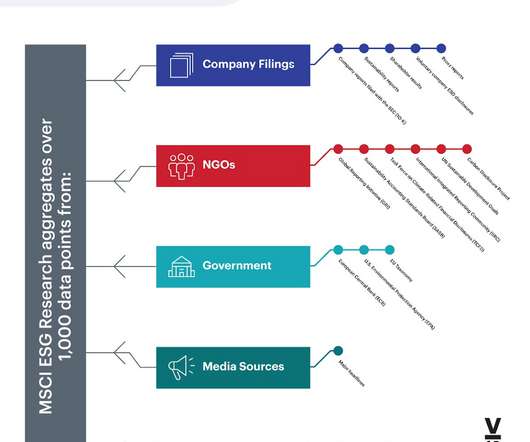Ten Higher Ed HR Stories That Defined 2023
Cupa HR
JANUARY 17, 2024
Turnover reached a peak, prompting more attention than ever to retention and recruitment, while looming policy changes in overtime pay and Title IX regulations further complicated long-term planning. The CUPA-HR 2023 Higher Education Employee Retention Survey Key Takeaway: The data provided here help explain the record-high turnover.
















Let's personalize your content